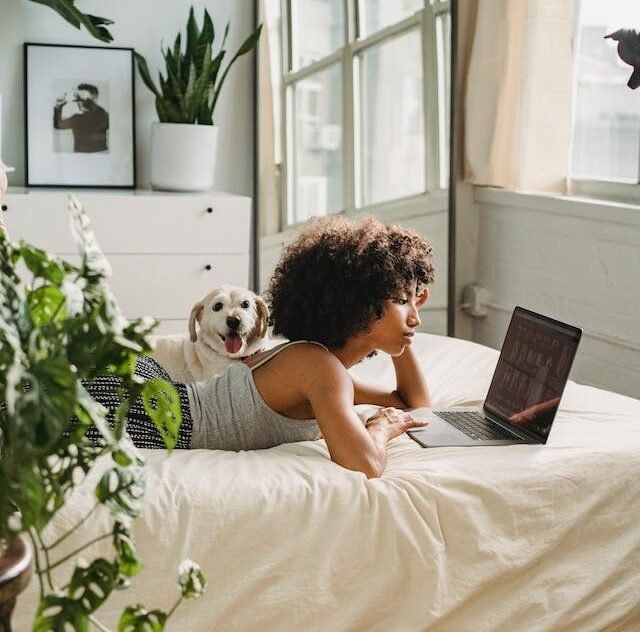
Separation anxiety can be a distressing experience for both pets and their owners. It’s common for pets, especially dogs, to feel anxious or stressed when left alone. However, there are steps you can take to help your pet cope with being alone and alleviate their separation anxiety. In this article, we will explore some effective strategies to help your furry friend feel more comfortable and secure when you’re not around.
Gradually Increase Alone Time
One of the first steps in addressing separation anxiety is gradually increasing the amount of time your pet spends alone. Start by leaving them alone for short periods, such as a few minutes, and gradually extend the duration over time. This helps them build confidence and adapt to being alone without feeling overwhelmed.
Make sure to provide a safe and comfortable space for your pet while you’re away. Set up a designated area with their bed, toys, and water bowl. Creating a positive association with this space can help them feel more secure when you’re not around.
Provide Calming Toys and Treats
Another effective strategy is to provide your pet with calming toys and treats. There are a variety of interactive toys available that can help keep your pet engaged and distracted while you’re away. Puzzle toys that dispense treats or toys that mimic your presence, such as heartbeat simulators, can be particularly helpful in reducing separation anxiety.
Additionally, consider using calming treats or supplements that contain natural ingredients like chamomile or lavender. These can help promote relaxation and reduce anxiety in your pet. However, always consult with your veterinarian before introducing any new treats or supplements into your pet’s routine.
Desensitize to Departure Cues
Pets often associate certain cues with their owner’s departure, such as picking up keys or putting on shoes. These cues can trigger anxiety and distress in your pet. To help desensitize them to these departure cues, start by incorporating them into your daily routine without actually leaving.
For example, pick up your keys and then sit back down or put on your shoes and then engage in a different activity. By doing this, you’re teaching your pet that these cues don’t always lead to your departure. Over time, they will become less anxious when they see or hear these cues.
Seek Professional Guidance
If your pet’s separation anxiety is severe or persists despite your efforts, it may be beneficial to seek professional guidance. Consult your veterinarian or a certified animal behaviorist who can provide additional strategies and support tailored to your pet’s specific needs.
They may recommend behavior modification techniques, such as desensitization and counterconditioning, or in some cases, medication to help manage your pet’s anxiety. A professional can also help rule out any underlying medical conditions that may be contributing to your pet’s separation anxiety.
Conclusion
Dealing with pet separation anxiety can be challenging, but with patience and the right strategies, you can help your pet feel more comfortable and secure when left alone. Gradually increasing alone time, providing calming toys and treats, desensitizing to departure cues, and seeking professional guidance when needed are all effective ways to address separation anxiety in pets. Remember, every pet is unique, so it’s important to find the approach that works best for your furry friend. With your love and support, your pet can overcome their separation anxiety and thrive.

Pingback: Separation Anxiety in Pets: Signs, Causes, and Solutions - Alma's Pet Zone